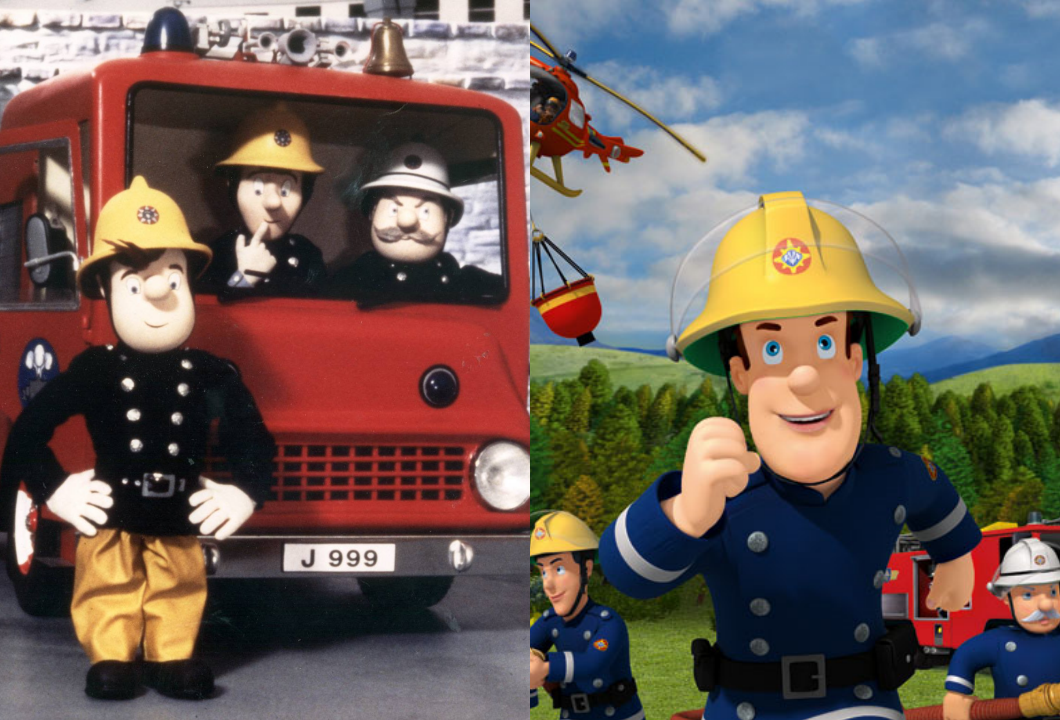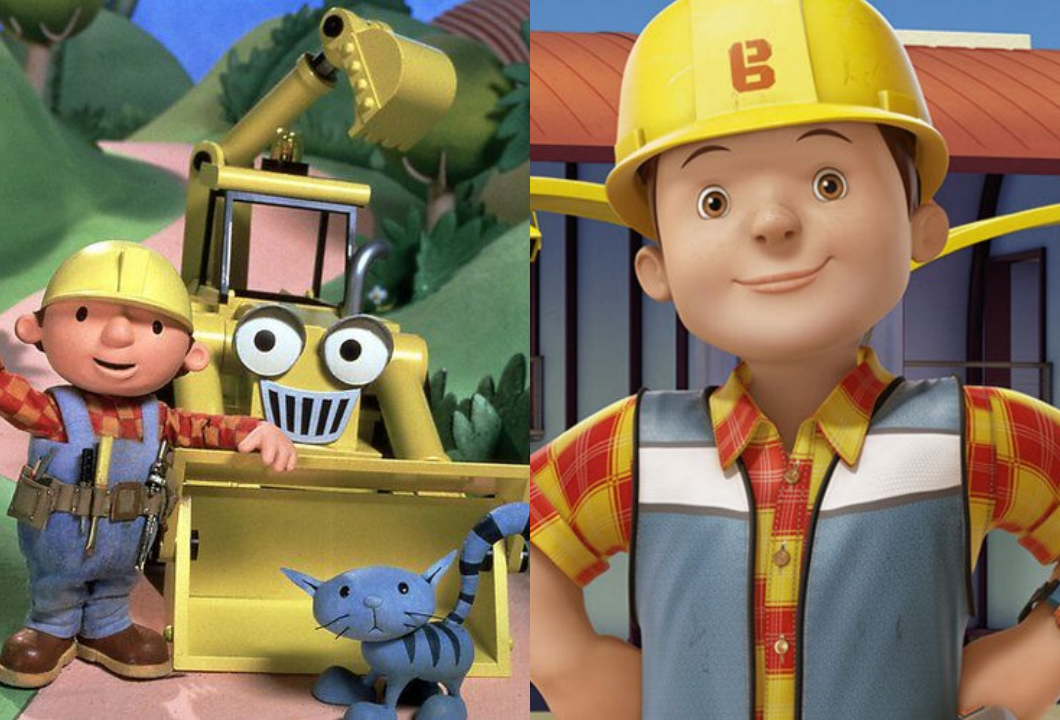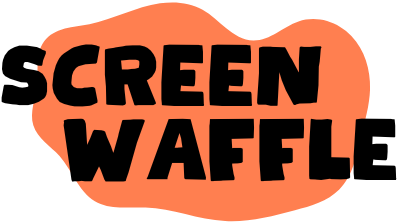There was a time when kid’s television was filled with stop motion, and those heady days were during my childhood. I’m talking about Postman Pat, Fireman Sam, Bob the Builder, Noddy’s Toyland Adventures, Thomas the Tank Engine, Bill and Ben, and of course, Pingu.
These shows often ran alongside older shows first broadcasted in the 1960s and 1970s, including The Clangers, Bagpuss, and The Magic Roundabout, which my parents had enjoyed as children. But one day, something terrible happened. I saw a glimpse of something called Noddy Toyland Detective whereby the sweet wooden doll had been rendered in CGI. As Joni Mitchell said, don’t it always seem to go, you don’t know what you’ve got ‘til it’s gone? She was right.

Children had been enjoying the wonders of stop motion entertainment for decades only for the later generations to have it snatched away! Of course, stop motion didn’t abruptly end one day. There were still shows being made in the early and mid-2000s, and some much more recently.
However, stop motion seemed to go from dominating the broadcast schedule to becoming quite the rarity. Many of the shows themselves, however, have actually carried on but with a computer-generated facelift. Fireman Sam, Bob the Builder, and Thomas and Friends all continued to be produced but changed somewhere along the line, so the speak.

So, why did this happen? In the 1990s, 3D animation really started to become the go-to approach for films aimed at children. A huge breakthrough for CGI was Pixar’s Toy Story (1995), the first ever feature film to be entirely computer-generated. Pixar’s consecutive successes (Monsters Inc., Finding Nemo, The Incredibles) inspired other studios to start producing their own CG films, and thus DreamWorks Animation and Blue Sky Studios set about making their own pictures. In 2005, Disney decided to produce their own animated films in 3D rather than the traditional 2D.
It seems likely then that producers of children’s television would introduce 3D animation to their own endeavours because firstly, people like to watch it, and secondly, its lower-cost and quicker to make. It doesn’t require large sets, custom built props and puppets, and all the highly skilled operators in order to execute it. It’s also more familiar to children today, due to the sheer prevalence of 3D animated output. In fact, quite a lot of people report stop motion as having a creepy quality, due to stilted movements.
As a result, kids television today is dominated by unoriginal, bland episodes upon episodes of 3D animated series that are nowhere near their Pixar inspirations and a far cry from the charm and character of the old stop motion.

